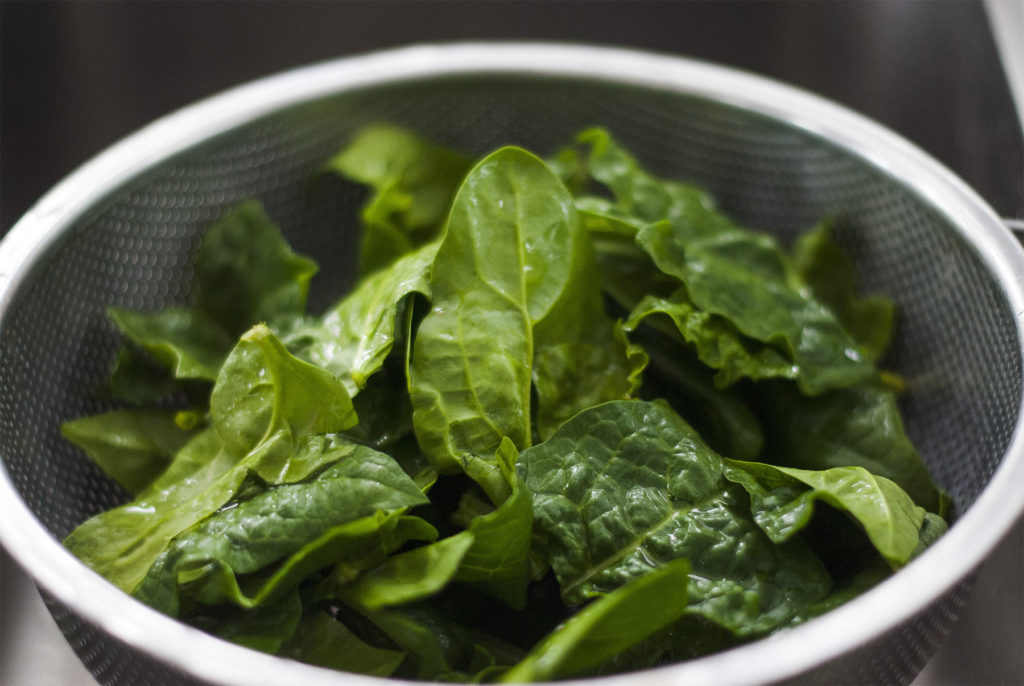
The healthiest food in the world: leafy green vegetables
Discover why leafy green vegetables like kale, spinach, and Swiss chard are considered the world’s healthiest foods due to their rich nutrients and health benefits.
When it comes to determining the healthiest food in the world, numerous contenders emerge due to their unique nutrient profiles and health benefits. However, one food category consistently stands out in scientific studies and dietary recommendations: leafy green vegetables. Among them, kale, spinach, and Swiss chard are often hailed as the pinnacle of nutritional excellence. This essay will delve into why leafy green vegetables, particularly kale, spinach, and Swiss chard, are considered the healthiest foods in the world by examining their nutrient content, health benefits, and practical examples of their inclusion in a balanced diet.

Nutrient Density: The Cornerstone of Health
Leafy green vegetables are renowned for their exceptional nutrient density, meaning they provide a high amount of essential vitamins, minerals, and phytonutrients relative to their caloric content. This makes them an invaluable component of a healthy diet.
- Kale:
- Vitamins and Minerals: Kale is incredibly rich in vitamins A, C, and K. One cup of raw kale provides over 200% of the daily recommended intake of vitamin A and nearly 700% of vitamin K. It is also a good source of vitamin C, calcium, and potassium.
- Antioxidants: Kale is packed with powerful antioxidants like quercetin and kaempferol, which help combat oxidative stress and inflammation.
- Spinach:
- Vitamins and Minerals: Spinach is a powerhouse of vitamins A, C, and K, along with folate, iron, and magnesium. One cup of raw spinach delivers over 50% of the daily value for vitamin A and more than 300% for vitamin K.
- Phytonutrients: Spinach contains unique plant compounds like lutein and zeaxanthin, which are beneficial for eye health.
- Swiss Chard:
- Vitamins and Minerals: Swiss chard offers a wealth of vitamins K, A, and C. A single cup of cooked Swiss chard can provide over 700% of the daily value for vitamin K.
- Minerals: It is also a significant source of magnesium, iron, and potassium, essential for various bodily functions.
Health Benefits: From Disease Prevention to Longevity
The impressive nutrient profiles of leafy greens translate into a myriad of health benefits, ranging from disease prevention to enhanced longevity.
- Cardiovascular Health:
- The high levels of vitamins K and C, along with antioxidants in leafy greens, contribute to improved cardiovascular health. Vitamin K plays a crucial role in blood clotting and maintaining arterial health, while vitamin C helps in collagen formation, vital for blood vessel integrity.
- Example: Regular consumption of kale can help reduce blood pressure, thanks to its high potassium content, which counteracts sodium and aids in maintaining heart health.
- Bone Health:
- Vitamin K is essential for bone health as it helps in the regulation of calcium, preventing bone loss and promoting bone density.
- Example: Including Swiss chard in your diet can contribute significantly to your daily vitamin K intake, supporting stronger bones and reducing the risk of osteoporosis.
- Eye Health:
- The carotenoids lutein and zeaxanthin, abundant in spinach, are crucial for maintaining good vision. These compounds filter harmful blue light and protect the eyes from age-related macular degeneration and cataracts.
- Example: A spinach salad with a variety of colorful vegetables can be a delicious way to support eye health.
- Anti-Inflammatory Properties:
- The antioxidants found in leafy greens, such as quercetin in kale, have strong anti-inflammatory effects. Chronic inflammation is linked to many diseases, including heart disease, cancer, and diabetes.
- Example: Incorporating a kale smoothie into your morning routine can help manage inflammation and lower the risk of chronic diseases.
- Digestive Health:
- Leafy greens are high in fiber, which aids in digestion, prevents constipation, and promotes a healthy gut microbiome.
- Example: A bowl of sautéed Swiss chard can enhance your digestive health by providing both soluble and insoluble fiber.

Practical Examples: Easy Ways to Incorporate Leafy Greens
Incorporating leafy green vegetables into your diet can be both easy and delicious. Here are some practical examples:
- Kale Chips:
- Instead of reaching for unhealthy snacks, try making kale chips. Simply toss kale leaves with a little olive oil and sea salt, then bake until crispy.
- Spinach Smoothies:
- Adding a handful of spinach to your morning smoothie can boost your nutrient intake without altering the taste significantly. Combine spinach with fruits like bananas, berries, and a splash of almond milk for a nutritious start to your day.
- Swiss Chard Stir-Fry:
- Swiss chard can be a vibrant addition to a stir-fry. Sauté it with garlic, onions, and your favorite vegetables, then add a source of protein like tofu or chicken for a complete meal.
- Salads and Wraps:
- Use spinach or kale as a base for salads and wraps. Pair them with lean proteins, nuts, seeds, and a variety of colorful vegetables to create a balanced and nutrient-rich meal.
- Soups and Stews:
- Leafy greens can be easily incorporated into soups and stews. Add chopped kale or Swiss chard to minestrone, lentil soup, or chicken stew for added nutrition and flavor.
Leafy green vegetables such as kale, spinach, and Swiss chard are some of the healthiest foods in the world due to their unparalleled nutrient density and extensive health benefits. Their high content of essential vitamins, minerals, and antioxidants make them powerful allies in the prevention of chronic diseases, support for cardiovascular and bone health, and enhancement of overall well-being. By incorporating these versatile and nutrient-rich vegetables into your daily diet through simple and delicious recipes, you can significantly improve your health and longevity.